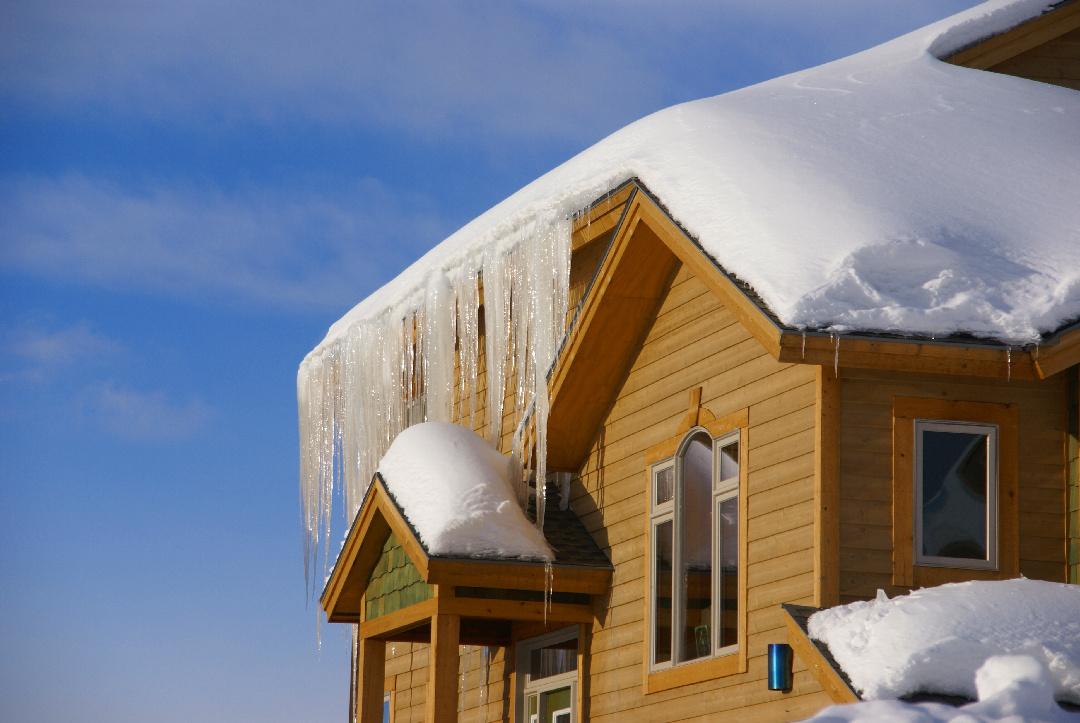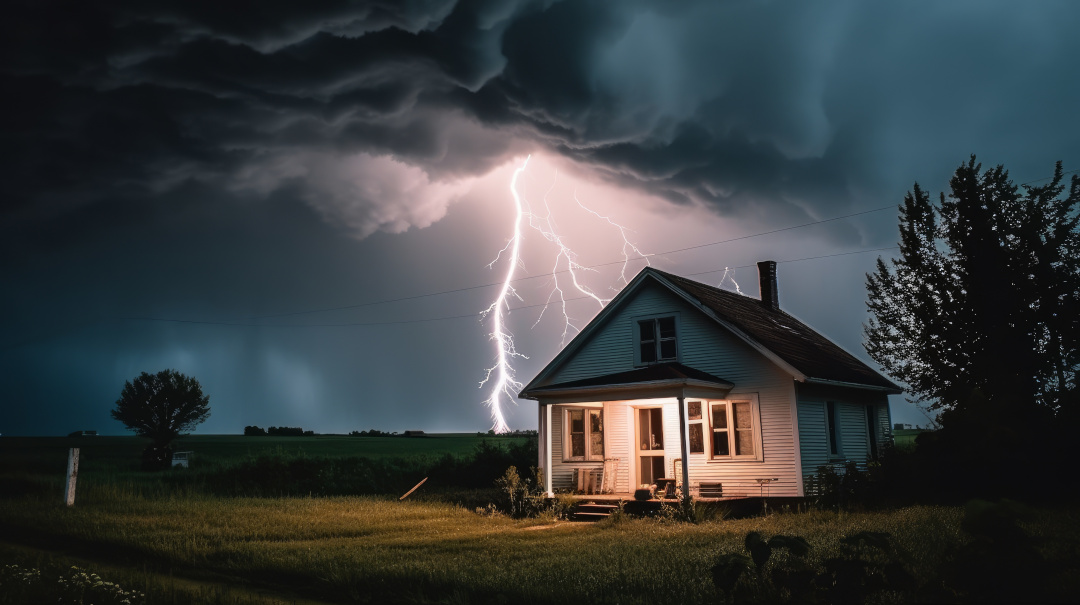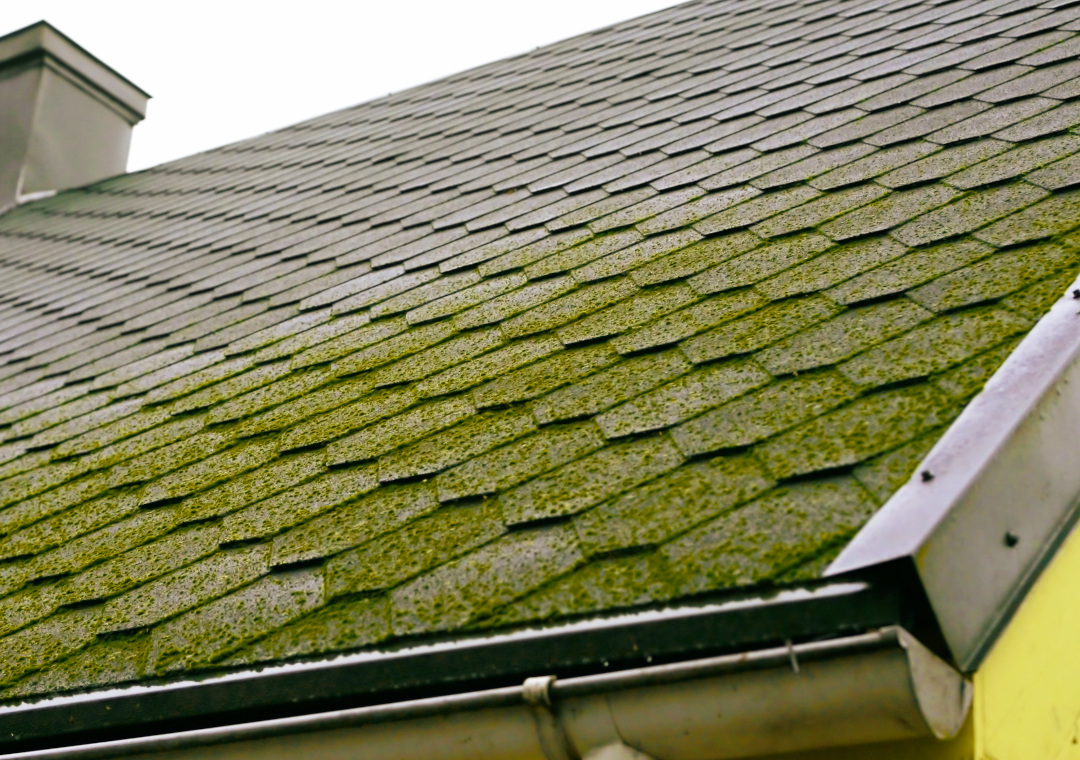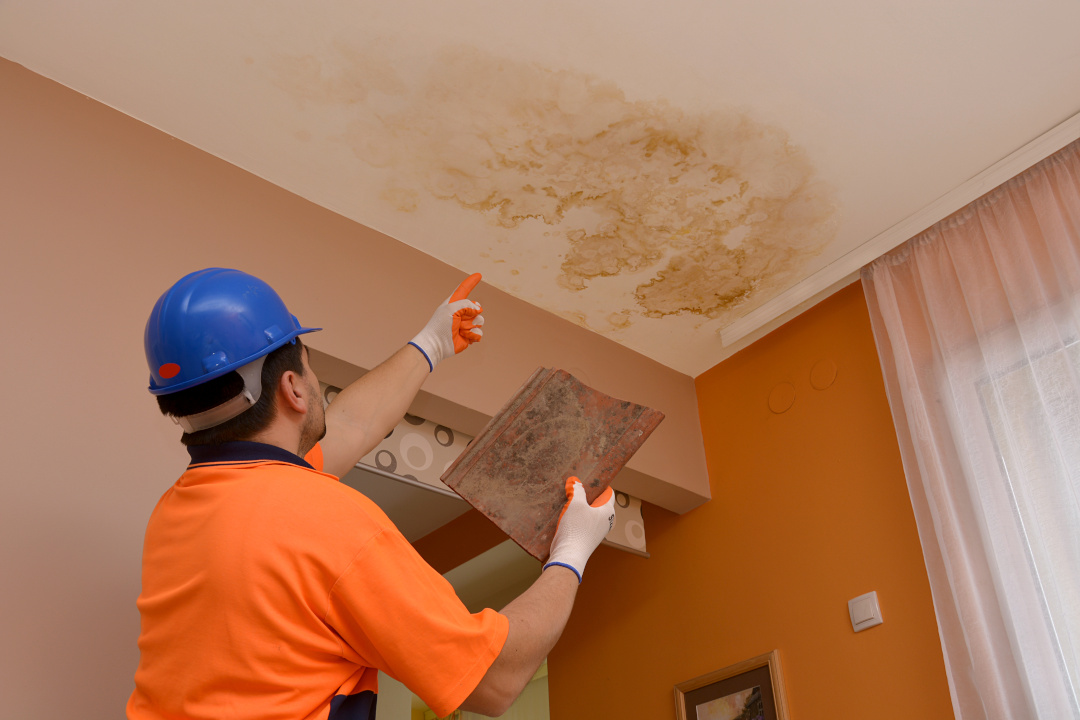
Hail is a leading cause of roof leaks and ignoring or overlooking damage can lead to costly problems later on. Learn how to identify damage right away.
When it comes to hail, you can never be too careful about protecting your roof. Keep reading for tips on how to inspect your roof after a hailstorm and how to take care of damage.
Your roof is the primary component standing between you and the harsh elements outdoors. It keeps you safe and dry, protecting from rain, snow, and hail throughout the year. Unfortunately, your roof is not invincible, and severe weather conditions can take a heavy toll.
Hail especially is a leading cause of roof leaks and damage, producing billions in property damage in the U.S. each year. Sometimes damage from hail is easy to spot, but other times it is small and unnoticeable, adding up over time to break down the quality of your roof. Ignoring any kind of roof damage can lead to major problems later on, so it is important to identify problems right away.
Inspecting for Hail Damage
After a heavy hailstorm, check the exterior of your home for any noticeable damage. Some things to look for include:
• Dents in siding
• Dents in gutters and downspouts
• Damage to chimneys and skylights
• Leaks or water damage in attic or ceilings
• Pieces of shingles on the ground outside
• Damage to exhaust fans and ducts
• Cracks in windows
A range of factors play into how hail affects your roof: hail size, wind speed, roofing materials, and more. Different types of roofing materials, such as asphalt shingles, wooden shingles, or metal, hold up in different ways.
Asphalt Shingles: Hail damage on asphalt shingles can look like dark areas where granules have loosened. Granules are a protective layer that prevent aging and further damage to the shingles underneath. Any dots, bruises, or dents may indicate a loss in granules.
Wood Shingles: Wooden shingles are apt to show damage through splitting and cracking. Check them for any sharp splits or dents from hail impact.
Metal: It is usually easy to identify hail damage on metal roofs. When inspecting, look for small to large dents (dependent on the size of the hailstones) randomly scattered over your roof.
What to do if You see Hail Damage on Your Roof
If you do notice signs of hail damage on your roof, the most important thing is to not ignore the problem. When even slight damage is ignored, it can quickly turn into bigger issues that are harder to repair. With winter coming around the corner, dents and splits can become leaks or ice dams – which in turn can cause mold, rot, or electrical issues.
Resolving hail damage can be as simple as fixing a few shingles or as complex as replacing the entire roof. To ensure peace of mind, bring a roofing expert out as soon as possible to inspect the extent of the damage.
Enterprise Roofing is happy to offer free roof evaluations to help assess your next steps. Our roofing experts have years of experience and are ready to serve you! Call today at 937-298-8664!

Understanding & Preventing Ice Dams to Protect Your Home

Storm Chasers & Insurance Trends: What Homeowners Need to Know

Roof Moss: Best Practices for a Healthier Roof

How to Spot a Roof Leak and When To Call A Professional

